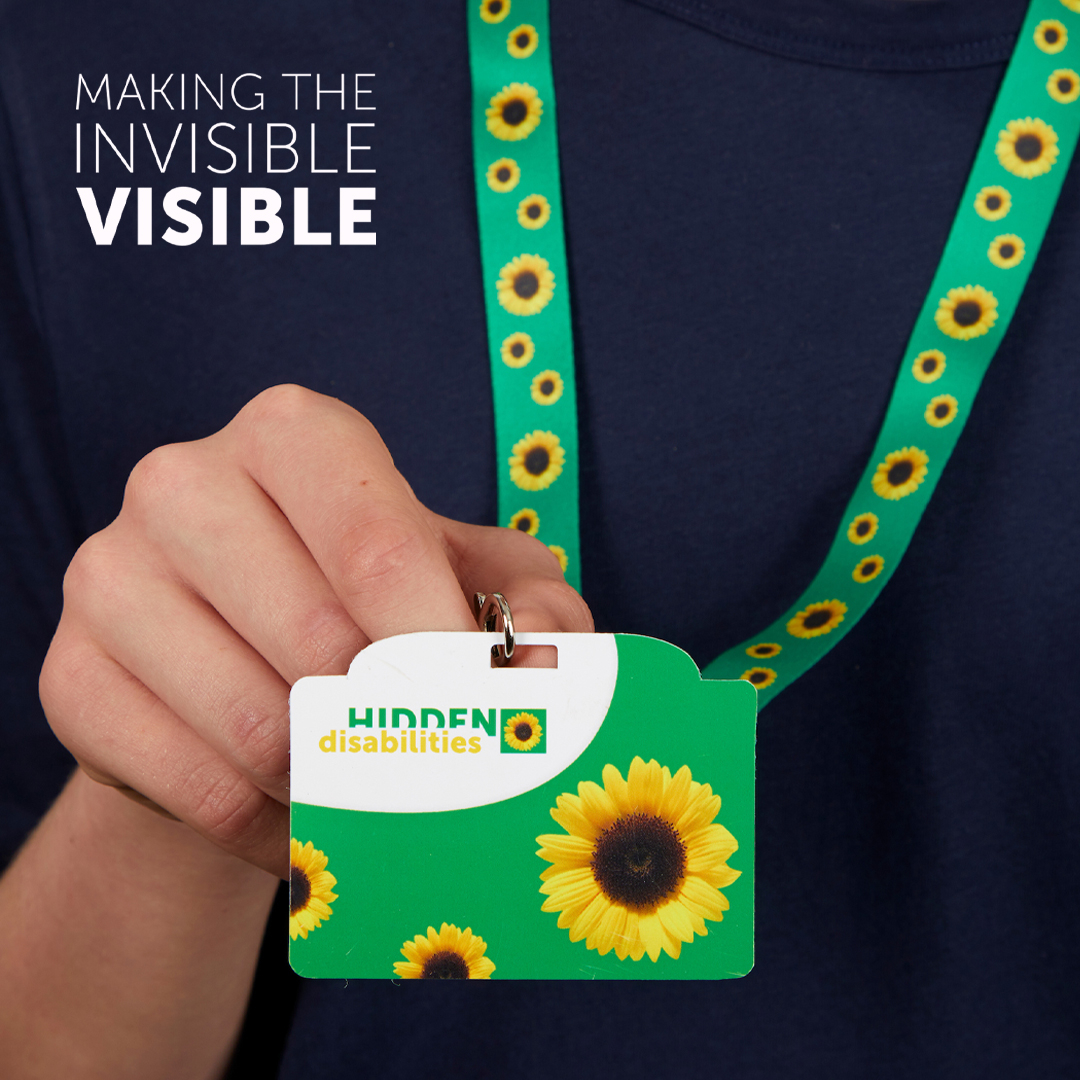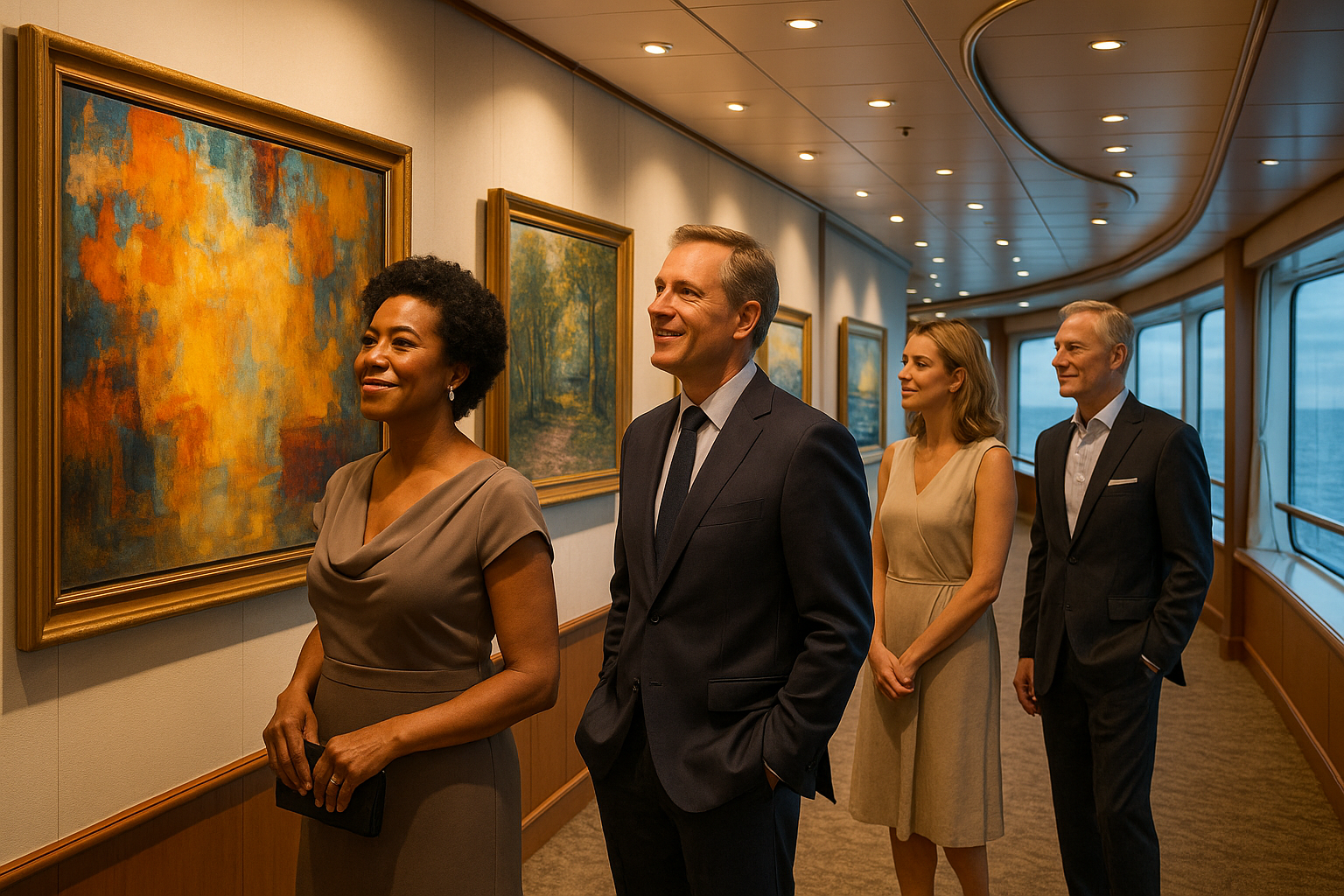
With the world opening up and families wanting to reunite again, I thought now would be a great time to talk about travellers with hidden disabilities and the supports and options that are in place for them within the airports and also onboard airplanes.
My Background
I recently returned from a 5 week trip to Canada and the UK with my family of 4. My oldest son, who is 9, has Autism Spectrum Disorder and is completely non speaking (verbal dyspraxia). Before the pandemic, there was no way I would have dreamt of taking him through an airport let alone putting him on an airplane due to his high anxiety and sensory issues. However, back in January 2021 we decided to travel to Queenstown from Auckland, for a holiday. For many reasons, which I won’t get into on this blog, my son had begun to change and mature to a point that we felt secure enough to give air travel a go at this time. I am so very glad we did this, it opened up a whole new world not only for my son but for us as a family. We found out he loves airports and planes and by putting in some preparation, the entire journey went incredibly smoothly.
This great journey experience gave us the confidence to book our long haul holiday to visit our families in Canada and the UK in June/July 2022. If you or someone you know has a person in their lives with a hidden disability, there are now many supports in place to help everyone on the journey whether it is a quick 45 minute flight around NZ or a multi stop journey to the other side of the world.
The Sunflower Lanyard Initiative
New Zealand and many countries around the world are now participating in the “sunflower lanyard” initiative. This initiative helps those in participating airports and airlines to easily recognize that the person wearing the lanyard has a hidden disability and may need extra support and understanding. To find out more about this initiative and to obtain a lanyard, please visit https://hiddendisabilitiesstore.com.au
Advising airlines of hidden disabilities
When booking your ticket, we can advise the airline(s) you are flying with that a person in your party has a hidden disability. We do this by using a code known as the “DPNA” code. It is used in the same way we would request a wheelchair or a special meal for example. I always contact the airlines involved to give them as much detail and information about the person whom the DPNA code is attached to. This way the check in staff, gate staff and crew onboard will have this information to hand when you arrive at the airport. This code can help with priority boarding, specific seating and extra support where needed depending on the individual. All airlines are different in what they offer which is why we always contact them directly to help you and them prepare for the journey.
It must also be noted that some airlines are starting to introduce specific hidden disability training for their staff. Latam airlines is an example of an airline who during the pandemic decided to implement specific hidden disability training. For example, on their website under special assistance, they have an information tab for “physical, sensory or cognitive disabilities” which reads as follows:
We will give you the necessary assistance when you board, during your flight and when you arrive at your destination. You’ll have access to a special services counter at the airport, priority boarding and priority luggage reclaim on international and domestic flights within Brazil, Peru and Chile.
Most airlines are now used to having people with hidden disabilities onboard and have many supports in place to help. My best advice is to prepare yourselves, the person with the hidden disability and the airport/airline ahead of time as much as possible to ensure the best journey.
Tips and Tricks
Social stories – We aren’t big on social stories in our household, but to prepare for the first airport/airplane journey to Queenstown we showed our son a 9 minute video someone had uploaded to Youtube which showed check-in, security, gate area, take off, flying, landing and also baggage claim on the exact flight we would be taking (Auckland to Queenstown). My son loves watching videos so this was a great way to talk him through what he was going to experience. We believe this made a huge difference and gave him a sense of control as he knew what to expect.
Food – Bring along lots and lots of favourite/easy foods with you. Plan ahead to find out if you can get these same foods/brands at each airport you will be visiting as you may need to dispose of fresh foods when you arrive/transit depending on the security at that destination. My son for example is a great eater and eats most food but would not touch anything the airline served (like many of us I suppose!).
Games/Tablets – Bring a tablet with favourite games and videos pre downloaded. Do not rely on onboard wifi. It usually will not allow big downloads anywhere or streaming of videos.
Headphones – Bring over-the-ear plug in headphones. Many airlines are now either not offering free headphones at all OR they are offering the ear bud like headphones which don’t tend to fit kids ears and can be a nuisance for those with sensory issues as well. There are many shows, movies and games now on the seat back tv’s to keep kids busy on long haul flights.
Medications – It is best to bring a doctors note for any medications that you require onboard. This is general advice for anyone on medications as different countries have different rules for what is allowed.
Airplane type – Closer to the time of travel you can have a look at the seat map of your plane and what is available onboard for your particular flight. You can do this anytime but airlines are notorious for swapping out planes whenever they wish, so the layout and what is available onboard can change at any time. It would be a good idea to get a feel for what the plane looks like and where you will be seated in terms of the toilets/galley’s etc so you can figure out how best to organize yourselves on board.
Contact me for more information
If you have any questions or would like to discuss any upcoming travel with a person who has a hidden disability, please feel free to contact me via email meghanw@finetravel.co.nz
About Our Blog
The Fine Travel blog is where we publish insights into travel experiences our clients love. Subscribe to our blog for articles about:
- Business Class tips and traps
- Cruise holiday tips and traps
- Family holiday ideas
- Onboard reviews
- Recommended experiences
- And more!
Sign up for Fine Travel news and specials
Recent Posts
Popular Topics
Select Topic
- Cruise Holiday Tips
- UK and Europe
- Business Class Tips
- Family Holiday Ideas
- Business Class
- Destination Tips
- Experiences
- North America
- Insight Vacations
- Australia & New Zealand
- Asia
- Expedition Cruises
- South Pacific Holidays
- Cook Islands
- Globus
- South America and Antarctica
- Luxury Lodges
- Industry News
- Bespoke Itineraries
- Small Group Tour
- Cook Islands Accommodation
- Destinations
- Group Tours
- Honeymoon Destinations
- Luxury Travel
- Middle East and Africa
- New Zealand
- Silversea Cruises
- Business Class Reviews
- Rail Journeys
- Bali
- River Cruises
- Safari
- Australia
- Fiji
- Holiday Postcards
- Holland America Line
- Luxury Gold
- Rarotonga
- Regent Seven Seas Cruises
- Samoa
- Tauck
- Travel Insurance
- Viking Cruises
- Antarctica
- Asia, Industry News
- Azamara
- Back Road Tours
- Cruise Holiday Tips, Industry News, Holland Americ
- Cunard
- Egypt
- Experiences, Bespoke Itineraries
- Explora Journeys
- Family Holiday Ideas, Business Class
- First Class
- France
- Golf
- Hawaii
- India
- Ireland
- Las Vegas
- New Caledonia
- Peru
- Princess Cruises
- Rocky Mountaineer
- South Africa
- Testimonials
- Turkey








